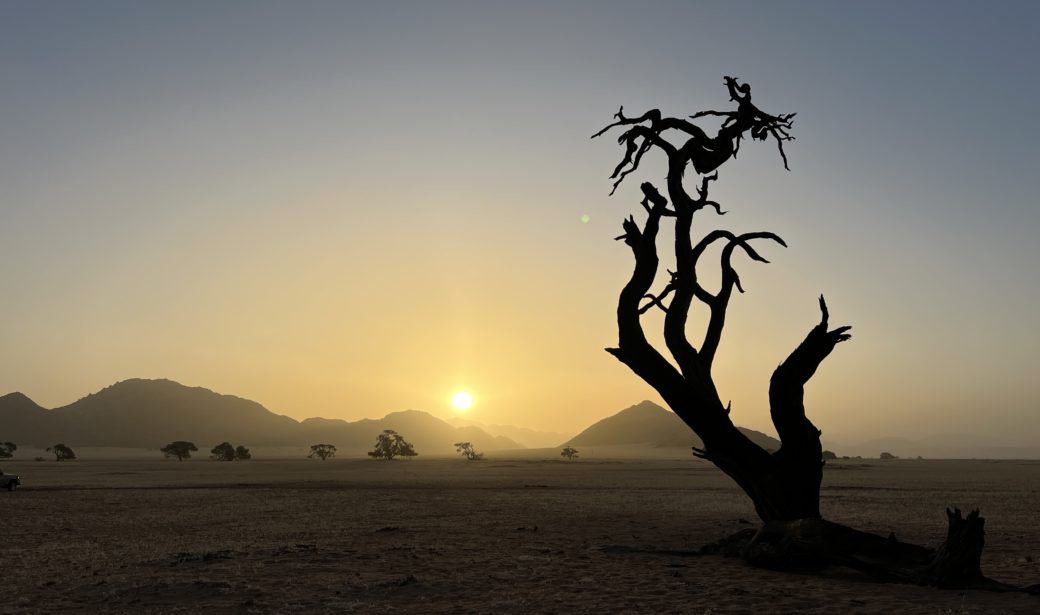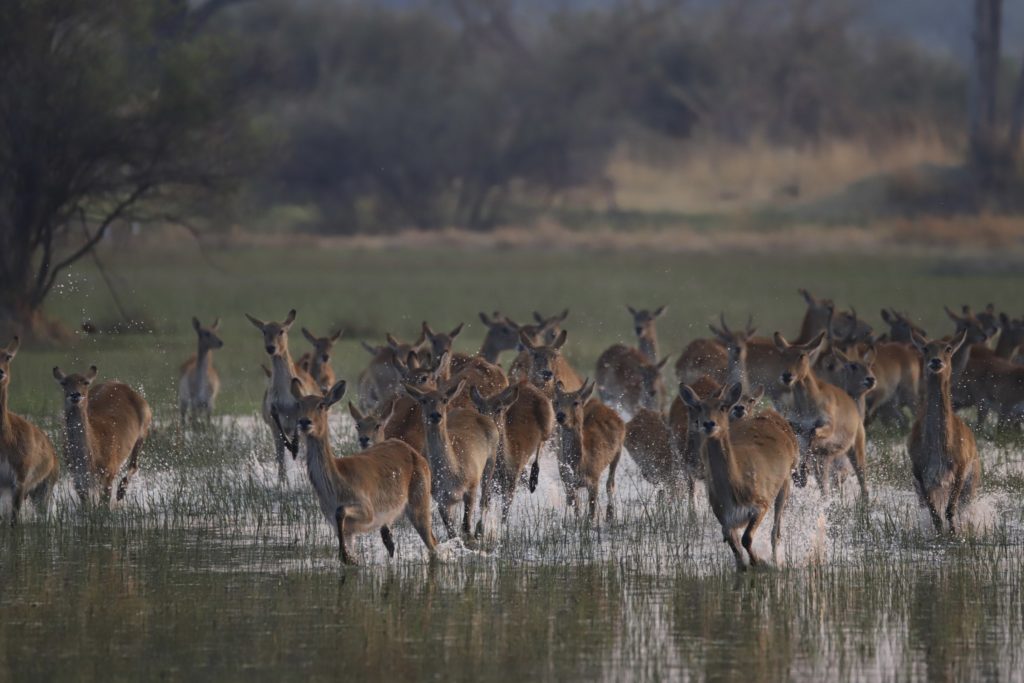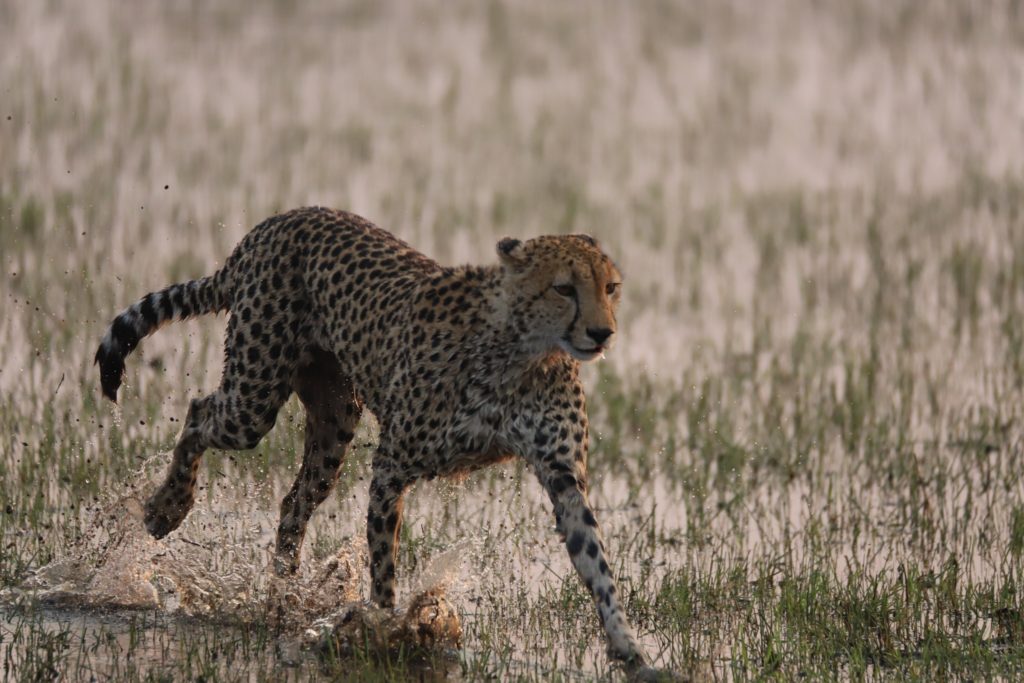Picture this: you’re eagerly packing your bags, filled with excitement for the upcoming safari of a lifetime. Naturally, you’ve meticulously crafted a list of must-haves and what to leave behind. Amidst the myriad of considerations, the thought dawns on you – capturing breathtaking images is an absolute priority. In this moment, you envision creating visual masterpieces as good as Nat Geo’s captivating photos and videos.
Admittedly, we may not be at that professional level just yet, but rest assured, we’ve embarked on numerous safaris, snapping both subpar and spectacular shots. Over time, we’ve dedicated ourselves to the art of photography during these incredible safari adventures, honing our skills and enriching our understanding of the craft.

Now let’s dive into it!
Taking the perfect photo on safari can be a thrilling and rewarding experience. Capturing the beauty of wildlife and the stunning landscapes requires thoughtful planning and consideration are essential.
Choose the right gear:
Meaning the appropriate gear is crucial for a successful safari experience. Opt for a DSLR or mirrorless camera with interchangeable lenses to maximize flexibility and achieve superior image quality. When it comes to capturing distant wildlife, an indispensable tool is a telephoto lens, such as a 200-400mm, which allows you to bring your subjects closer without intruding on their natural habitat. Enhance the stability of your shots, particularly in low light conditions, by employing a robust tripod or monopod. Given the potential length of safaris, it’s crucial to pack extra batteries and memory cards to avoid the inconvenience of running out of power or storage space during critical moments.
Before embarking on your safari adventure, take the time to familiarise yourself with your equipment like the back of your hand. It’s crucial to understand your camera settings, including ISO, aperture, shutter speed, and exposure compensation. Imagine being on your dream safari holiday, capturing moments in the wild, only to realise your pictures are either too bright or too dark. You wouldn’t want that! Being able to quickly adjust these settings in the midst of action can make all the difference.
Have a clear plan:
It’s crucial to conduct thorough research on your destination, including exploring our website, which is rich with maps showcasing various areas, lodges, and camps. Visit www.safarispecialists.net to access these valuable resources. Familiarise yourself with the diverse array of animals and landscapes you’re likely to encounter, as our region boasts breathtaking beauty—don’t miss out on capturing the perfect sunset with palm trees in the background!
Understanding the behaviour of wildlife:
This is equally essential as it allows you to anticipate their movements and capture remarkable shots. When selecting a safari outfitter, prioritise those that offer safaris in open vehicles. Avoid driver’s cabins that obstruct your view to the front, as an unobstructed perspective enhances the photography experience. Some safari operators even provide specially equipped vehicles with adjustable armrests, ensuring you can position your lens at the perfect height for that flawless shot. Make the most of your safari adventure by being well-prepared and choosing the right outfitter for an optimal photography experience.
Lighting:
Optimal lighting can transform your wildlife photography, and nothing beats the magic of natural light. The golden hours, early morning and late afternoon, cast a soft, warm glow that not only enhances your photos but also minimises harsh shadows.
Be patient:
In the realm of wildlife photography, patience reigns supreme. It often demands prolonged waits for that perfect, fleeting moment. Stay patient, stay observant, and you’ll find yourself rewarded with numerous opportunities for capturing extraordinary shots. There have been instances on safari when we decided to relax and enjoy the surroundings (which is perfectly fine), only for a sudden spectacle to unfold – red lechwe racing for their life, pursued by a hungry cheetah. These moments are swift, and if you’re not ready, the chance slips away. So, stay on standby, keep your finger poised near that button, no matter how sweaty your palms may get.
Focus on composition:
Prioritise composition by adhering to fundamental principles such as the rule of thirds and leading lines for visually striking photos. Optimal positioning is crucial; rely on your safari guide to expertly position the vehicle, allowing you to comfortably capture images without changing seats. Shooting from a lower vantage point often yields more dramatic results than higher angles. For unique perspectives, consider photographic boats along Botswana’s Chobe River, providing an ideal view for capturing animals on the riverbanks. Maintain straight horizons, balancing less foreground with more sky for a touch of drama in your photographs.
Achieve a deeper connection with your animal subjects by getting down to their eye level when capturing moments. This approach adds a touch of intimacy to your shots, resulting in more engaging and captivating photographs. Eye level photographs can best be achieved from a boat, the Chobe River is famous for offering this unique perspective. Check out our packages, Chobe is part of many of our safari itineraries.
Be stealthy reduce noise, avoid abrupt movements, and opt for neutral clothing to ensure minimal disruption to the animals. Maintaining a quiet and inconspicuous presence will enhance your chances of getting closer and capturing authentic, natural behaviours.
Seize the moment:
Wildlife is constantly in motion. Employ a swift shutter speed to freeze the action and eliminate any motion blur. Consider experimenting with the continuous shooting mode to capture the dynamic essence of moving subjects.
Practice Ethical Photography:
Show utmost respect for the animals and their habitats. Maintain a safe distance and adhere to all local regulations and guidelines to ensure responsible wildlife photography.
Embarking on a safari, armed with the right gear and knowledge, sets the stage for a photographic adventure of a lifetime. As you capture the mesmerizing wildlife and landscapes, remember the importance of patience, understanding animal behavior, and practicing ethical photography. Whether it’s the golden hours casting a warm glow on your subjects or the thrill of seizing spontaneous moments, each click tells a unique story. So, as you immerse yourself in the art of safari photography, let your passion and respect for nature guide you, ensuring that each frame is not just a snapshot but a testament to the beauty and significance of the wild.



